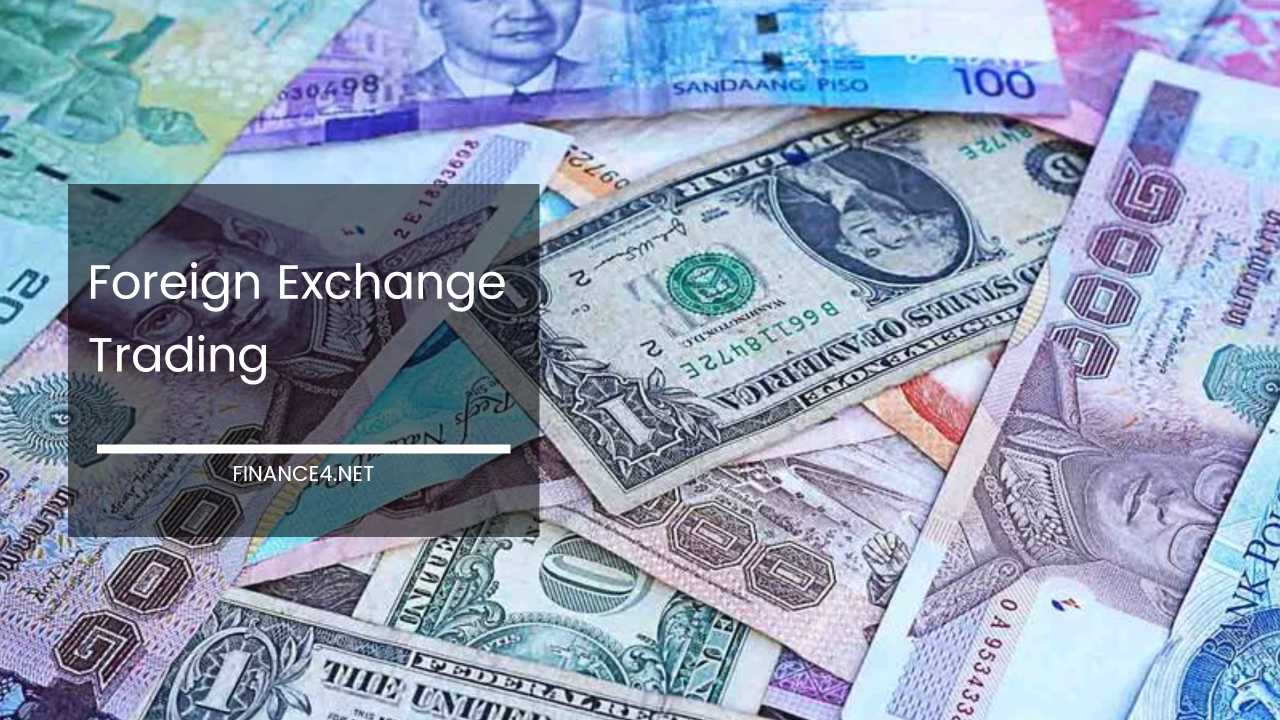Improved Sales Projections Drive Global Oil Price Recovery

Global Oil Price
The global oil market experienced a significant recovery as oil prices rebounded from their lowest point in nearly three months.
This resurgence was primarily driven by China’s contemplation of implementing measures aimed at stimulating its economy, which happens to be the second-largest in the world.
On this particular Tuesday, the Brent reference, a widely recognized benchmark for crude oil pricing, surged past the threshold of US$73 per barrel.
Meanwhile, the West Texas Intermediate (WTI) fluctuated between the range of US$67 and just shy of US$69.
The positive momentum in oil prices was evident as WTI futures climbed by as much as $68 per barrel. This was a notable rebound considering the preceding three sessions during which WTI had experienced a decline of over 7%.
Simultaneously, the global benchmark Brent index also witnessed an upward trajectory, recovering from its lowest closing point since December 2021.
This revival in oil prices signifies renewed optimism and investor confidence, driven by the prospect of China’s economic stimulation measures and the potential impact it may have on global oil demand and consumption.
The decline in crude oil prices witnessed on Monday partially reversed due to China’s proactive measures aimed at stimulating economic growth. In an unexpected move, China implemented a short-term interest rate cut on Tuesday, indicating its commitment to bolstering the economy.
Moreover, there are indications that Beijing is contemplating the implementation of a comprehensive stimulus package, as reported by individuals familiar with the matter.
The sluggish trade data coming out of China, combined with international flight activity in Northeast Asia remaining significantly below pre-pandemic levels, serves as a stark reminder of the lackluster recovery in the world’s largest crude oil importer.
Despite Saudi Arabia’s commitment to further reduce production in July, key market indicators have been signaling weakness in recent days.
Specifically, a bearish contango structure has been observed, indicating a situation where the futures curve reflects declining prices as the timeline extends further into the future.
The downward pressure on oil prices is further intensified by multiple factors, including a slowdown in the United States and resilient Russian exports.
These elements counterbalance the efforts made by Saudi Arabia to alleviate the market by reducing its daily production by 1 million barrels.
To compound the situation, renowned investment bank Goldman Sachs revised its oil price forecasts for the third time in six months on Sunday.
Their analysis suggests that supply levels are expected to increase while demand is anticipated to decline. This pessimistic outlook contributes to the overall bearish sentiment surrounding oil prices.
The US market’s slowdown, driven by factors such as reduced economic activity and cautious consumer behavior, has a significant impact on oil demand.
Additionally, Russia’s sustained exports at relatively high levels despite the production cuts by OPEC+ countries undermine the effectiveness of supply management efforts. The combined effect of these factors dampens the market’s response to Saudi Arabia’s production reduction.
The decision by Goldman Sachs to revise its oil price forecasts reflects the perception that the supply and demand dynamics are shifting in favor of oversupply.
They foresee an increase in oil supply from various sources, which may outpace the demand growth. This projection aligns with their belief that demand is expected to weaken, possibly influenced by factors like global economic uncertainties, evolving energy transition trends, and ongoing concerns related to the pandemic.
These assessments from Goldman Sachs and the ongoing market dynamics highlight the challenges faced by the oil industry, as supply and demand factors continue to evolve and shape the trajectory of oil prices in an uncertain and volatile market environment.
UBS analyst Giovanni Staunovo noted in a written statement, “Recent events have highlighted the delicate nature of market sentiment within the oil industry. In order for market participants to regain confidence and begin accumulating long positions once more, it is probable that they will require additional reductions in inventory.”
Following a substantial decline in the prior trading session, oil prices experienced a surge of over 3% on Tuesday. This upward movement was triggered by the People’s Bank of China’s decision to decrease its short-term lending rate, marking the first such reduction in a span of 10 months.
In a bid to revitalize the struggling post-pandemic recovery of China, the world’s second-largest economy and the largest importer of crude oil, a rate cut was implemented. This move is expected to stimulate the demand for oil.
As a result, Brent LCOc1 crude futures witnessed a rise of $2.45, equivalent to a 3.41% increase, reaching $74.29 per barrel. Additionally, US West Texas Intermediate CLc1 futures experienced a surge of $2.30, translating to a 3.43% rise, settling at $69.42 per barrel.
On the previous day, prices had declined by approximately 4%, primarily due to concerns surrounding the Chinese economy, triggered by underwhelming economic data released the week before.
“The market is displaying a rebound compared to yesterday,” commented Phil Flynn, an analyst at the Price Futures group. “Monday’s situation was exaggerated, driven by pessimistic views and doomsayers.”
On Tuesday, there was a simultaneous increase in equities, which are often correlated with oil trading.
UBS strategist Giovanni Staunovo stated, “In order for market participants to resume accumulating long positions, it is probable that they will require additional inventory reductions.” Staunovo further expressed his expectation that such drawdowns would occur within a few weeks.
The market is currently grappling with the impact of rising global supply and apprehensions regarding demand growth. These concerns have arisen in anticipation of the conclusion of the US Federal Reserve’s policy meeting, scheduled for Wednesday.
The prevailing consensus among market participants is that the US Federal Reserve will maintain interest rates at their current level, particularly in light of recent data indicating minimal growth in US consumer prices during May.
Meanwhile, it is anticipated that the European Central Bank will raise interest rates on Thursday.
Worries surrounding demand have offset the temporary surge in oil prices resulting from Saudi Arabia’s recent announcement of additional output cuts scheduled for July.
In its most recent update, the Organization of the Petroleum Exporting Countries (OPEC) maintained its growth projection for global oil demand in 2023 for the fourth consecutive month. This development slightly heightened expectations regarding increased Chinese demand.



